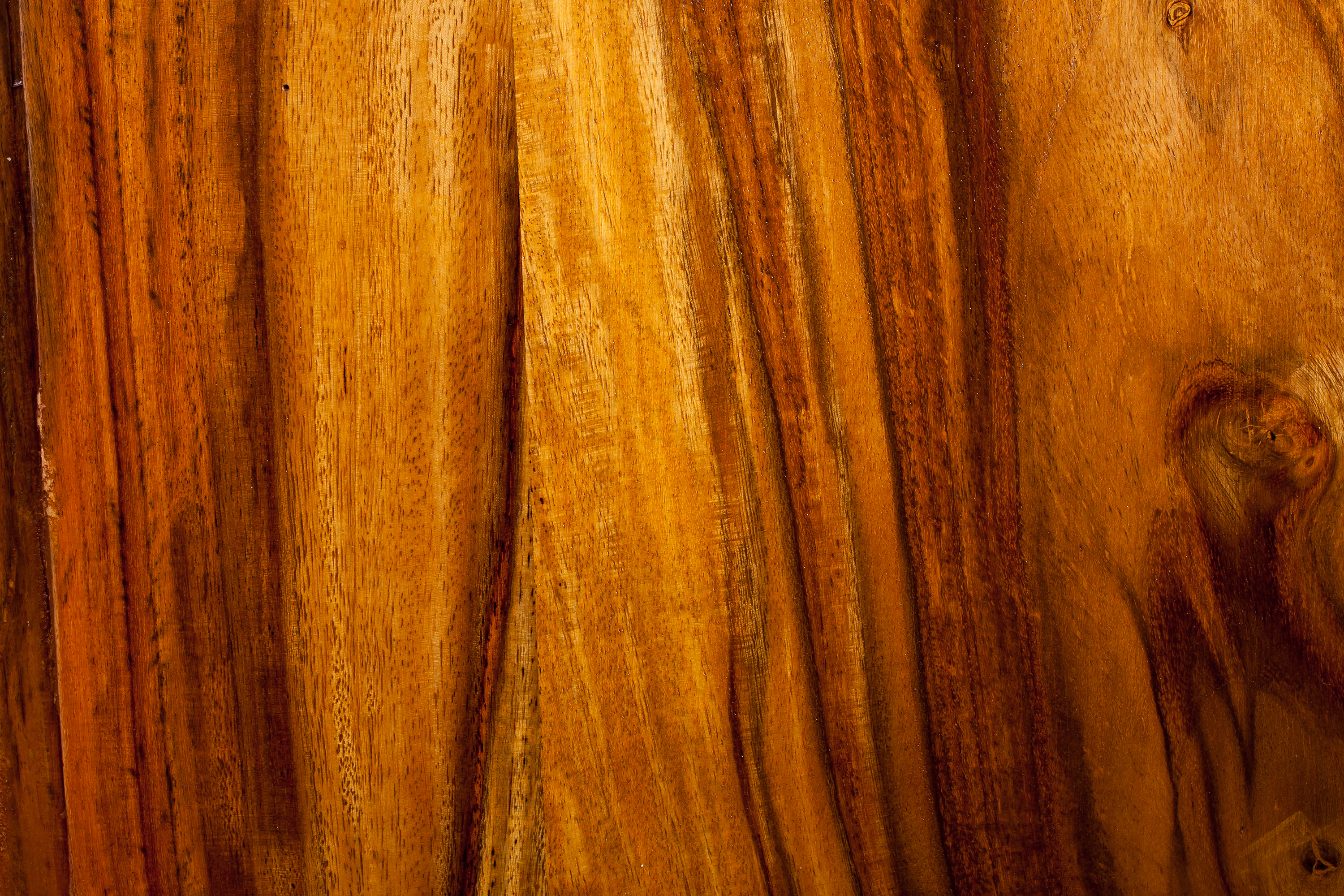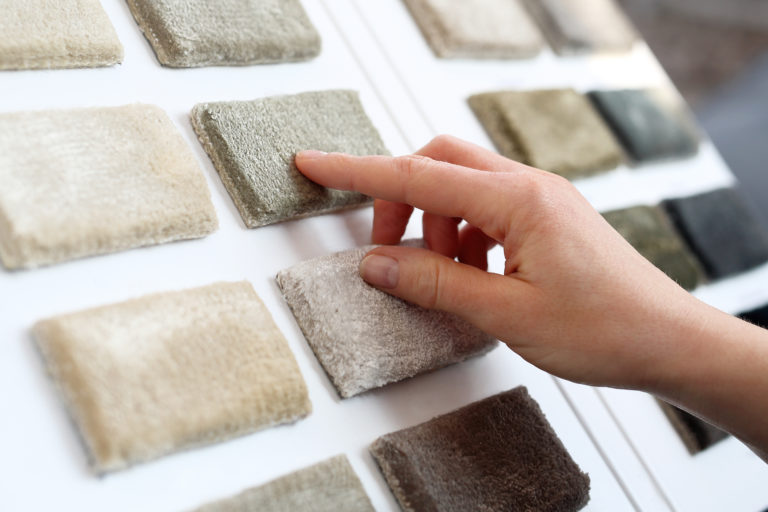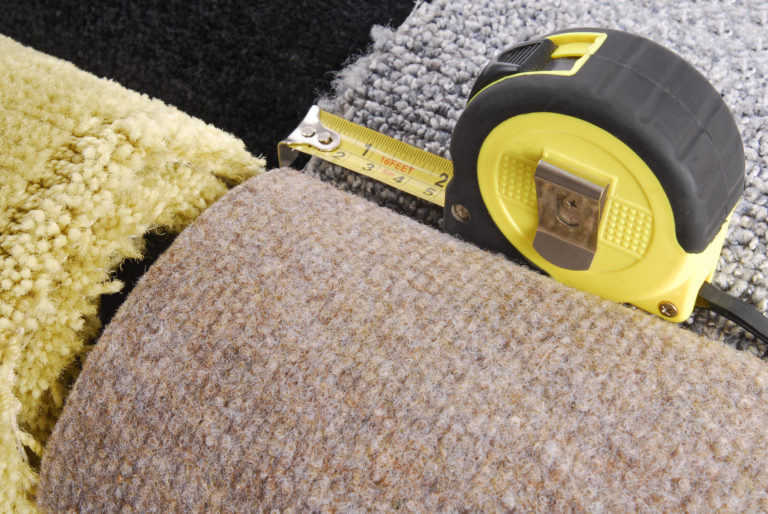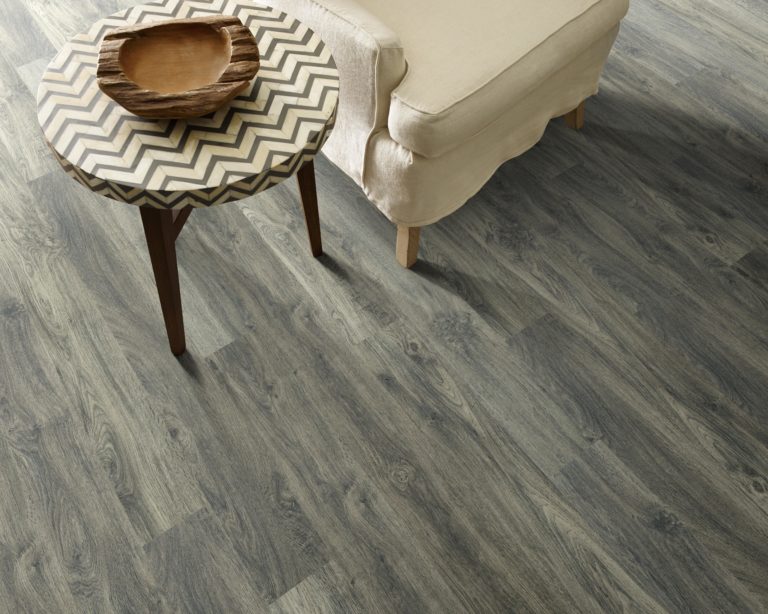This post may contain references or links to products from one or more partners of our parent company and/or subsidiaries of our parent company. For more information, visit this page.
Updated November 13, 2020
Looking into teak flooring pros and cons? Ooh la la. Of all the types of wood flooring you could choose, teak is one of the most elegant. With a deep brown tone and a long, even grain, teak just looks like luxury.
Imagine waking up on a yacht. The boat rocks gently as waves lap at the hull. You crack one eye open, then the other. As your bare feet step out onto the sun-drenched teak deck, you wonder to yourself: “why haven’t I installed teak in my house so I can feel this pampered every day?”
That’s right—teak flooring is a luxury you can have in your very own home. You can take it to eleven with some amazing wood floor patterns, or go for a standard horizontal installation. And even though it may not be the easiest flooring to install (that prize still goes to peel-and-stick carpet tiles), it is among the easiest to finish.
Below, we’re going to take a closer look at all the teak flooring pros and cons there are so you can decide whether it’s right for you. We’ll cover all of teak’s unique characteristics—durability, water-resistance, and more—plus sustainability concerns, cost, and maintenance needs. What are the pros and cons of teak flooring? Let’s find out.
The Pros of Teak Flooring
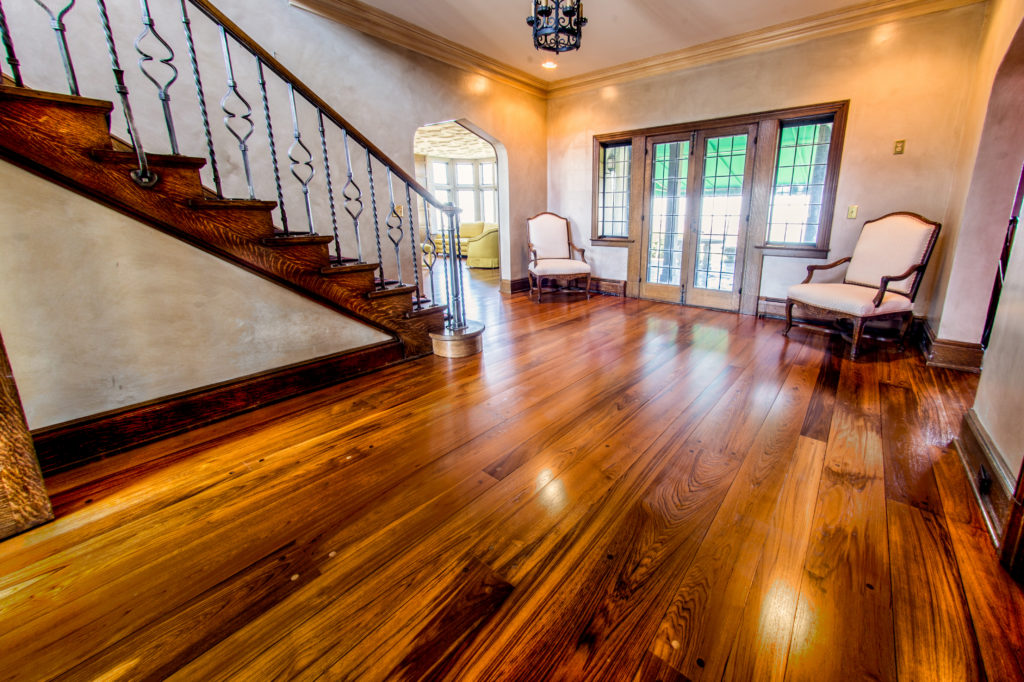
Teak isn’t just for boats and saunas. Here are some of the huge advantages of having teak floors in your home.
Teak is tougher than (dog) nails.
Teak is one of the most durable wood flooring options around. With a Janka Hardness Rating of 3540, teak is harder than oak, pecan, and even walnut!
As such, it’s an amazingly scratch-resistant flooring choice. That can be especially important if you live with furry friends, as its hardness makes teak some of the best wood flooring for dogs.
Have you ever seen what a rambunctious labrador can do to pine flooring? You don’t want to. And while dog nails (or even human shoes) can absolutely wreck other types of wood flooring, teak can handle rough treatment like nobody’s business. Teak is like a Honey Badger. Honey Badger don’t care, and neither does teak.
Best Brands of 2024
Teak flooring keeps termites and bugs at bay.
When it comes to teak flooring pros and cons, this one is firmly in the “pro” category. Termites will eat teak if they have no other choice, but they’d really rather not. In areas where termite damage is a concern, teak has an advantage because its oils make it naturally termite-repellant. Your move, bugs.
Teak is naturally water-repellent.
If you’ve ever been inside of a sauna or on the deck of a yacht (we should be so lucky), you’ve probably seen teak. That’s because teak contains natural oils that make it a naturally water-resistant wood flooring option. Seriously! Teak resists water, making it perfect for kitchen, bathroom, or even mudroom flooring.
If you’ve been debating between carpet or hardwood in the bedroom but have been leaning towards the softness of carpet, think about teak. It won’t wick in moisture, which even the best carpet can’t claim. The cost to replace carpet with hardwood can be pricey, but if you’re going with teak, it’s well worth the expense.
Teak flooring is gorgeous.
As the beloved Beyonce Knowles might say, teak “woke up like this: flawless.” And we couldn’t agree more. Teak is one of those floors that absolutely knocks the socks off of anyone who sees it. With its deep honey colors and long, even grain, teak is almost unparalleled in the looks department. Teak flooring pros and cons? Please. More like teak flooring pros, pros, and more pros.
You don’t have to varnish or stain teak floors.
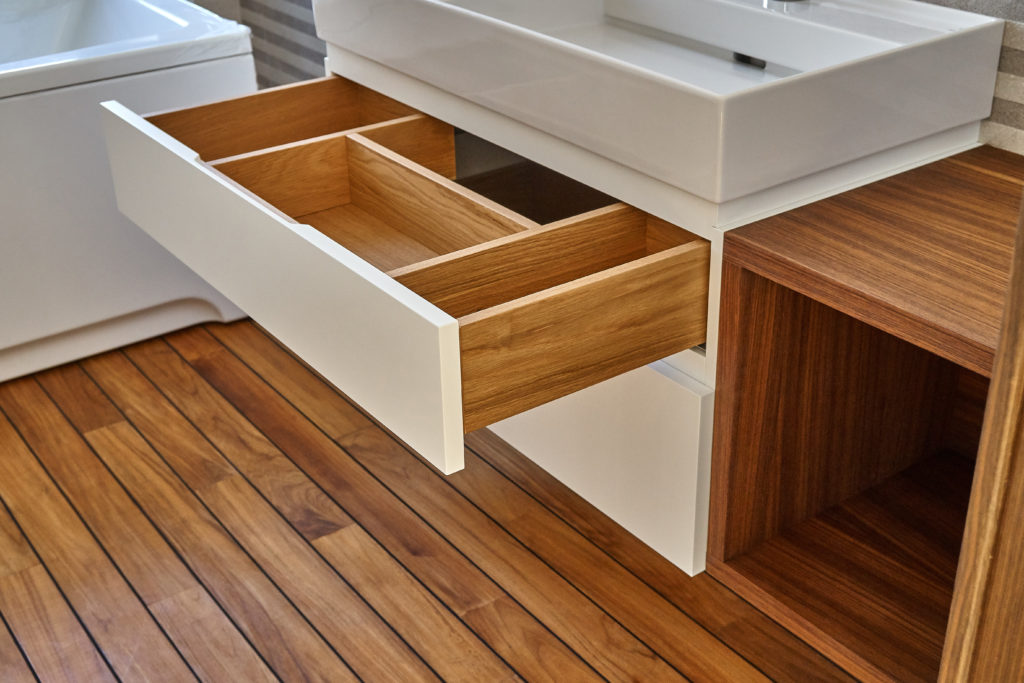
Maybe the best thing about teak flooring is that you don’t have to varnish or stain it to make it gorgeous. You don’t even have to sand it if you don’t want to. Thanks to its long grain, teak won’t splinter—so if you’re so inclined, you can leave it as is. And thanks to its natural oils, teak offers a luxurious glossy sheen even without stain or varnish.
Are you thinking what we’re thinking? Sunroom flooring, anyone? Or how about teak flooring in a three-seasons room? After all, teak is perfect for bare feet coming in from the pool. Forget the pros and cons of engineered bamboo—if you want a strong, gorgeous, and pre-finished material, you couldn’t do better than teak.
Teak can be purchased as solid or engineered wood
Some of the best hardwood floor brands sell teak as both solid and engineered wood flooring. This gives you more options when it comes to price and installation. While teak can get pricey (more on that below), the cost to install engineered hardwood floors is often cheaper than the price of installing solid hardwood.
That’s doubly true when it comes to exotic woods like teak, because engineered products use less solid exotic wood. And don’t worry—the disadvantages of engineered wood are minor compared to their advantages.
Teak flooring can be installed traditionally or as a floating floor.
Many of the best engineered wood flooring options can be installed as floating floors, and teak is no exception. That means you can install it traditionally—by nailing, stapling, or gluing it to a subfloor—or float it just like snap-together tile flooring. Wondering what subflooring is? It’s simply the material that’s underneath your finished floor.
And yes, there are some disadvantages of floating floors—but they’re extremely minor. Plus, whether you’re going with professional installation or doing DIY wood floors, floating setups are often cheaper and easier to install.
The Cons of Teak Flooring
Of course, our list of teak flooring pros and cons can’t be all “pros”. As with all things, there are some drawbacks when it comes to teak flooring. These are some of the disadvantages of teak that you should look out for.
Buyer beware: not all teak is ethically sourced.
So, here’s the thing. Teak flooring can be ethically sourced from countries around the world, including the United States. But that teak comes at a price.
As a result, unethically sourced teak is often ripped from protected forests and shipped around the world to be sold at a discount. This is a huge issue when it comes to deforestation and habitat destruction. Our advice? Only buy teak that’s certified by the Forestry Stewardship Council.
Seriously—teak can be an eco-friendly flooring choice. It’s not like ebony flooring, which is so endangered that only ebony-stained wood flooring is practical. Teak can be a sustainable wood flooring option if you get it from the proper source.
Teak flooring looks expensive—and it usually is.
Ethically sourced teak is sustainably harvested and often imported from Asia. Both of these factors contribute to teak’s reputation as one of the most expensive types of hardwood flooring. Strict management of teak resources means that teak is always in demand. It’s rare, and that comes at a premium. You can expect to pay an average of $7 per square foot for teak products. When we’re breaking down teak flooring pros and cons, it doesn’t matter how you slice it—this one is firmly in the latter category.
Time can dull your floor’s shine (but it doesn’t have to).
Over time, teak can lose some of its oils, dulling the exotic wood’s natural shine. However, applying teak oil to your floor every 2 to 3 years will keep it looking new. Our opinion: using a rich teak oil on your floor every couple of years is not a high price to pay to keep your teak looking chic.
Some alternatives may be more practical.
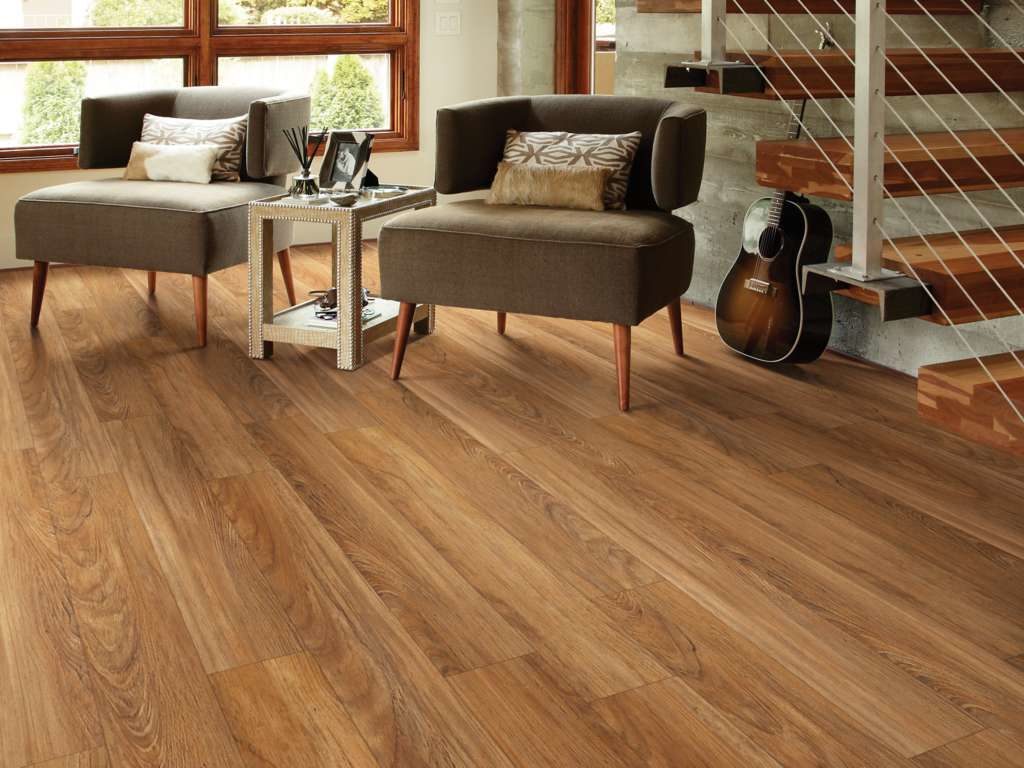
As awesome as teak is, it’s not for everyone. For some buyers, hardwood floor alternatives might be more practical. In fact, there are several other types of flooring that can give you the look of teak, but without its cost, sourcing, or maintenance concerns. And we’re not just talking about different types of wood flooring, either.
Some fake wood flooring options like laminate and vinyl plank can mimic teak exceptionally well, but at a fraction of the cost. After all, what is laminate flooring if not a durable, high-grade wood replacement?
And there’s a reason vinyl plank is one of the best types of vinyl flooring on the market today. Like teak, it’s super durable—and if you buy the right product, absolutely beautiful as well. You can even make concrete flooring that looks like wood resemble teak almost perfectly, and concrete requires almost zero upkeep.
Teak Flooring Pros and Cons: The Conclusion
All things being equal, we think the advantages of teak flooring far outweigh its disadvantages. But as always, the choice is up to you. Either way, we hope this guide has given you everything you need to know about teak flooring so you can decide whether it’s right for your home.
Here’s our final piece of advice: when you’re ready to buy your new floors, don’t go to a big box store. Instead, find a flooring store in your area and work with them. Independent flooring retailers are total professionals—they can give you more (and better) information and quality than a box store clerk ever could.
And if you need some more information on all things flooring, make sure to check out:
- Carpet vs. Laminate: The *Real* Pros & Cons
- Your 2020 Guide to All Types of Tile
- The Pros and Cons of Tile vs. Laminate Flooring
- Pergo Extreme Reviews: What Buyers are Saying
- Is the Cork Flooring Lowes Sells Actually Worth Buying?
- Heating Wood Floors 101: Everything You Need to Know
- Bamboo Flooring vs. Laminate: Which Should You Buy?
- Can You Bleach Wooden Floors? Yes! Here’s How.
About The Author

Dr. Sara Austin
July 22, 2020
Best known for being “not that kind of doctor” and never knowing which fork to use, Sara is a learning designer and writer, former real estate agent, and builder with a penchant for home design and remodeling.
